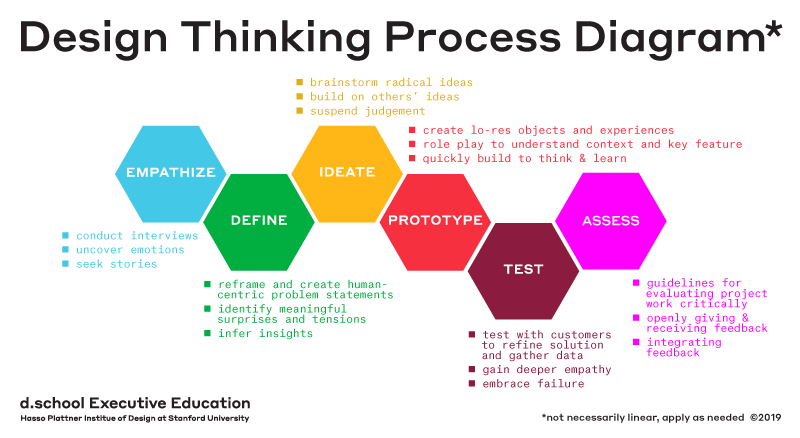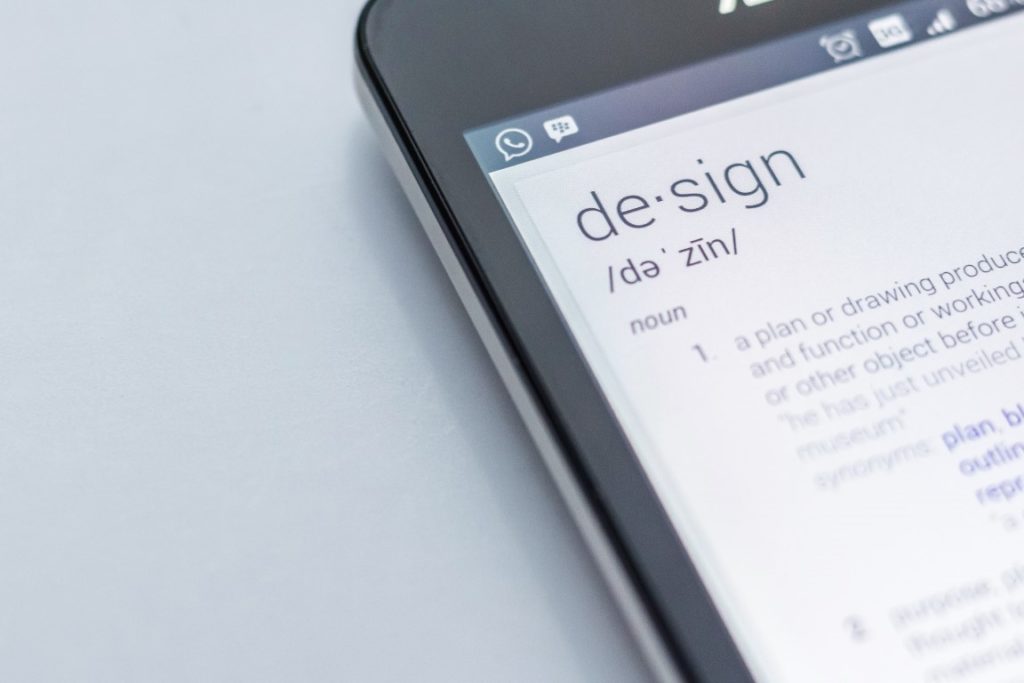The affinity diagram is a business tool used to organize ideas and data. It is one of the Seven Management and Planning Tools. People have been grouping data into groups based on natural relationships for thousands of years; however, the term affinity diagram was devised by Jiro Kawakita in the 1960s[1] and is sometimes referred to as the KJ Method.
Why?
An affinity map or an affinity diagram is a widely used management tool that helps participants organize information generated during a brainstorming session, by sorting it into groups based on their relationships for review and analysis.
When?
Use an affinity diagram when you can answer “yes” to all of the following questions:
- Is the problem (or issue) complex and hard to understand?
If the problem or issue is relatively simple or easy to understand, a cause-and-effect diagram may be more appropriate. - Is the problem uncertain, disorganized, or overwhelming?
Complex issues often feel overwhelming due to their size. It may work well to sort observations after empathize. - Does the problem require the involvement and support of a group?
The process a group goes through to make an affinity diagram helps the group develop its own system of thought concerning the problem and builds consensus among the members.
HOW
This is a process performed by a group or team. The idea is to meld the perspectives, opinions, and insights of a group of people who are knowledgeable about the issues.
The process of developing an Affinity Diagram seems to work best when there are no more than five or six participants.
- Generate ideas: Use the Brainstorming tool to generate a list of ideas.
- Display ideas: Post the ideas on a flipchart, a wall, or a table in a random manner.
- Sort ideas into groups: The team members physically sort the cards into groupings, without talking.
- Create header cards: A header is an idea that captures the essential link among the ideas contained in a group of cards
- Draw finished diagram:
- Write a problem statement at the top of the diagram.! Place header and superheader cards above the groups of ideas.
- Review and clarify the ideas and groupings.
- Document the finished Affinity Diagram



